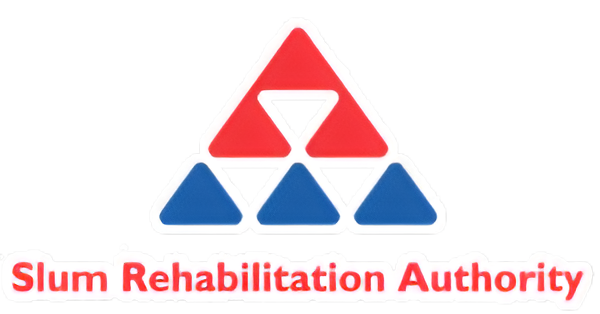Mumbai, India’s financial capital, is currently undergoing a massive transformation with numerous redevelopment projects reshaping its landscape. While many residential launches are part of redevelopment efforts, a crucial aspect of the city’s transformation—slum rehabilitation—remains largely neglected.
Despite government efforts, slum rehabilitation, primarily managed by the Slum Rehabilitation Authority (SRA), is still dominated by smaller, local developers. Major real estate companies avoid getting involved due to the complexity of these projects, which often involve political interference, land disputes, and financial risks.
Slum Rehabilitation and Major Developers’ Hesitancy
Mumbai’s leading real estate developers, including Rustomjee, Mahindra Lifespace Developers, Godrej Properties, and Raymond Realty, have primarily focused on non-slum redevelopment projects. These firms prefer to avoid slum rehabilitation projects despite the potential financial gains from the free-sale component, which allows developers to sell a portion of the project in the open market.
A senior developer in Mumbai anonymously shared, “We are cautious about taking on slum rehabilitation projects due to the multiple non-monetary risks, including political interference and land acquisition issues.”
Mumbai’s Expanding Slum Clusters
Mumbai’s urban landscape is dotted with approximately 2,600 slum clusters, spread across the city from Colaba to Dahisar and into the eastern suburbs such as Sion, Ghatkopar, Kanjurmarg, and Mulund. According to SRA data, there are around 1,700 ongoing rehabilitation projects, with over 500 projects stuck at various stages of development. Since its inception in 1995, the SRA has completed 2,300 slum rehabilitation projects, housing more than 2.5 lakh families.
However, with over half of Mumbai’s population still residing in slums or slum-like conditions, the challenge remains enormous. Accurate data on the number of slum dwellers is scarce, as the most recent Census was conducted more than a decade ago.
Political Interference and Regulatory Hurdles
One of the most significant roadblocks to slum rehabilitation is political interference. Politicians often view slum dwellers as a vote bank, leading to delays in redevelopment. Parag Shah, the non-executive chairman emeritus of Man Infraconstruction Ltd and an MLA for Ghatkopar (East), openly acknowledged that slums persist partly due to the political benefits they offer.
Another challenge is the recent SRA regulation requiring developers to deposit two years of transit rent for slum dwellers during redevelopment. While this was intended to protect residents, it placed a significant financial burden on developers, resulting in several stalled projects.
Potential Solutions for Slum Rehabilitation
To address these challenges, Maharashtra’s Deputy Chief Minister Devendra Fadnavis has proposed that stalled SRA projects be taken over by state agencies like MHADA, MMRDA, and CIDCO. These agencies have the expertise to manage large-scale development and can push forward projects stuck for years.
Despite the hurdles, industry experts believe that successful slum rehabilitation is possible through collaborative efforts between larger and smaller developers. Local developers have the connections and ground-level understanding needed to clear slum lands, while larger firms bring the financial resources and professional capabilities to complete these projects.





